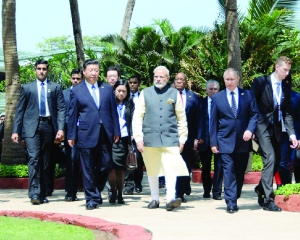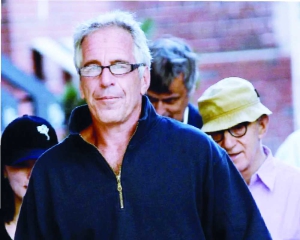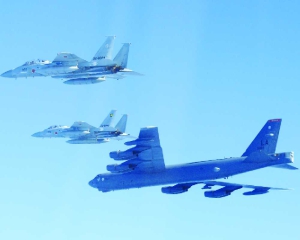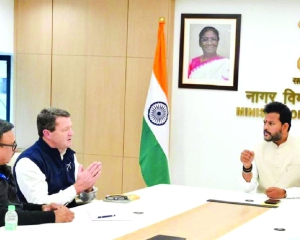Every photograph tells a story of survival, silence and the soul of the natural world, says SAKSHI PRIYA
What can a single photograph do? Can it stop time, shift perspective, or change how we see the planet we call home? Long before the rest of us noticed the empty trees, the quiet skies or the vanishing calls at dusk, someone was already there, camera in hand, heart wide open, still enough to feel the hush settle over the world.
Every year, June 15, is marked as Nature Photography Day, a powerful reminder to look closer at the world around us. Started in 2006 by the North American Nature Photography Association (NANPA), the day encourages everyone, from passionate professionals to curious onlookers, to pick up a camera and see the natural world with fresh eyes. A photographer waits sometimes in cold, rain or silence, for that one moment. A leopard crouched in golden grass, an eagle slicing through fog or a drop of rain caught on a spider’s web. It shows truth. And when that truth is captured, it speaks louder than any words. The world is changing. Forests are shrinking, glaciers are retreating and animals once common are disappearing from view.
Amid this, a single photo can spark awareness. Think of the image titled, Ice Bed, by British photographer Nima Sarikhani, a lone polar bear adrift on a fragment of melting ice, surrounded by endless grey sea. The photo won Wildlife Photographer of the Year People’s Choice Award and struck a nerve, opening up conversations on climate change across countries and platforms. Some photographers dedicate their lives to such moments. Thomas Mangelsen’s iconic image Catch of the Day, a brown bear plucking a leaping salmon from mid-air, stands as a tribute to timing and deep understanding of wildlife. Mangelsen’s work continues to inspire action for conservation. Cristina Mittermeier and Paul Nicklen have taken nature photography into the depths of the oceans.
Their images reveal what lies beneath the waves marine life in danger, disappearing ice and communities fighting to protect fragile waters. These are real, often harsh moments, captured in natural light and unpredictable settings. Nature photography connects people without needing translation. It moves across screens, gallery walls, books and minds. Photographers may spend days following a trail, hiding in the undergrowth or floating in freezing waters, all for that one shot that might shift how people think. The world offers these moments freely, but it takes a patient, open heart to notice them. And sometimes, all it takes is a single image to remind us that the wild is still here, waiting to be seen, respected and remembered.


























